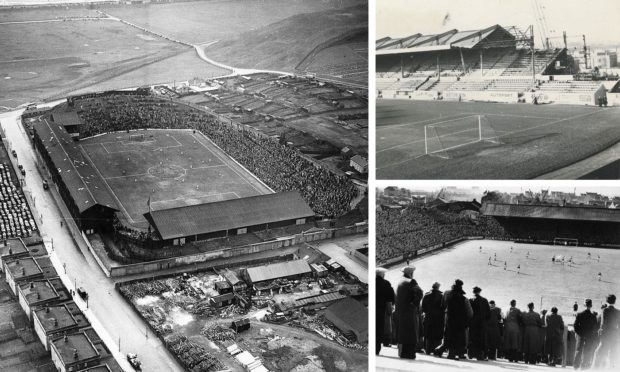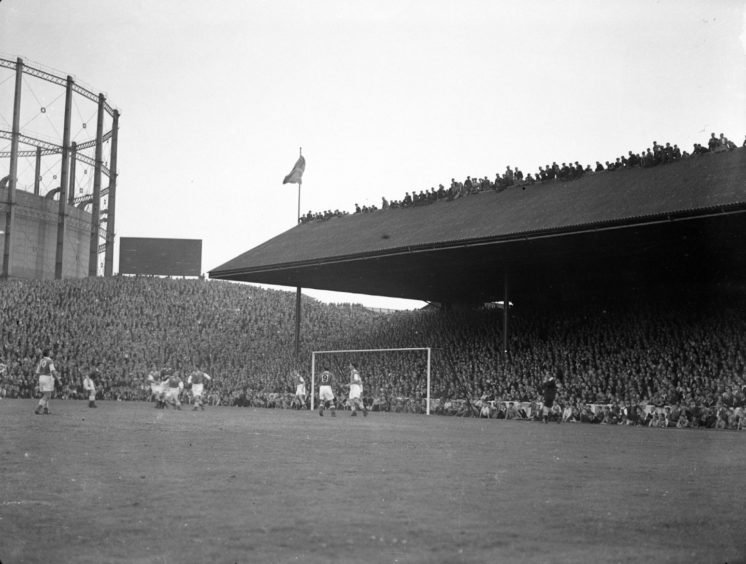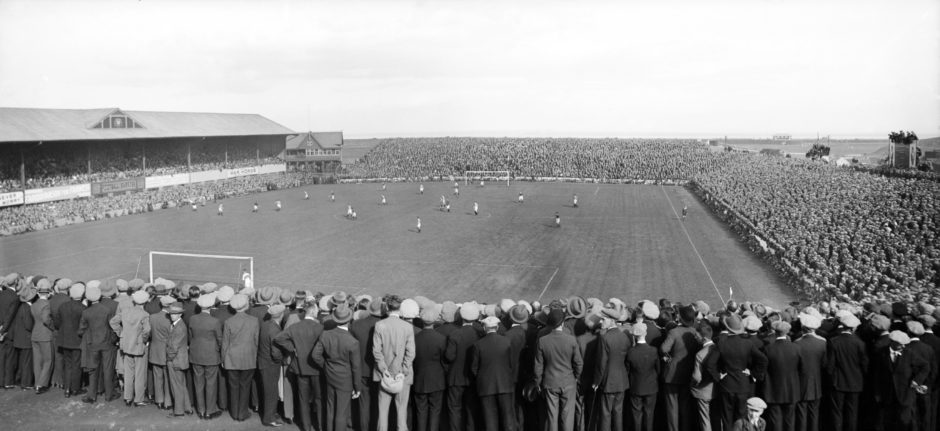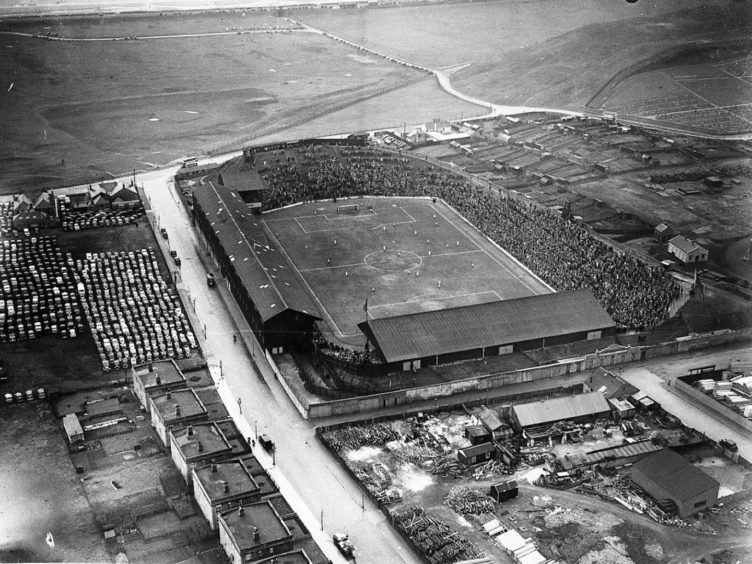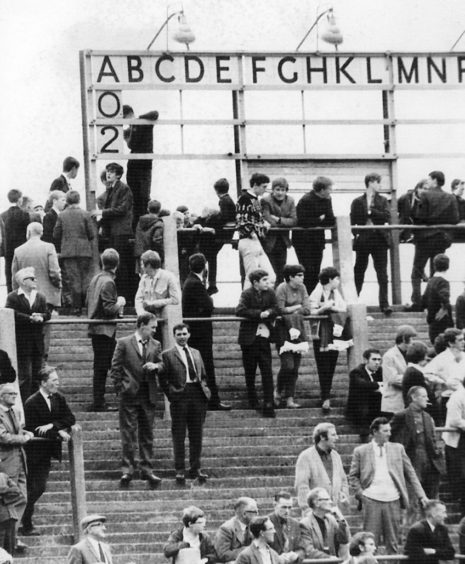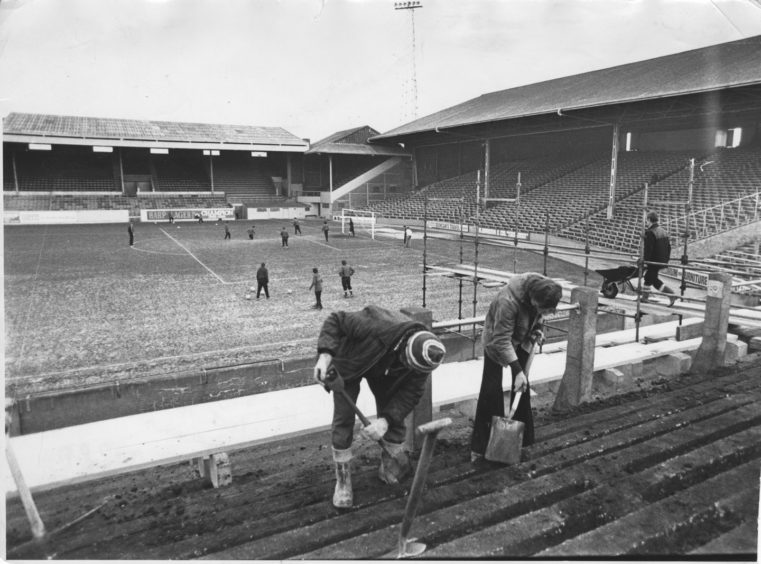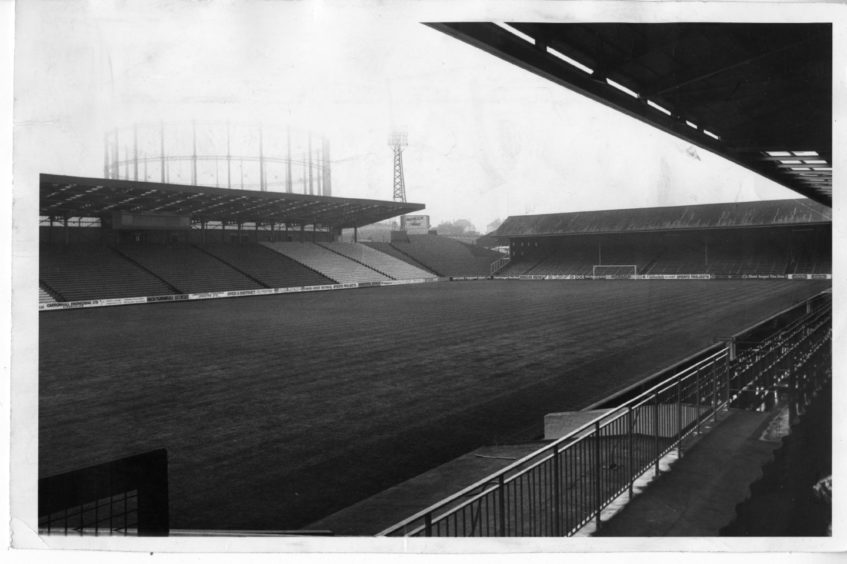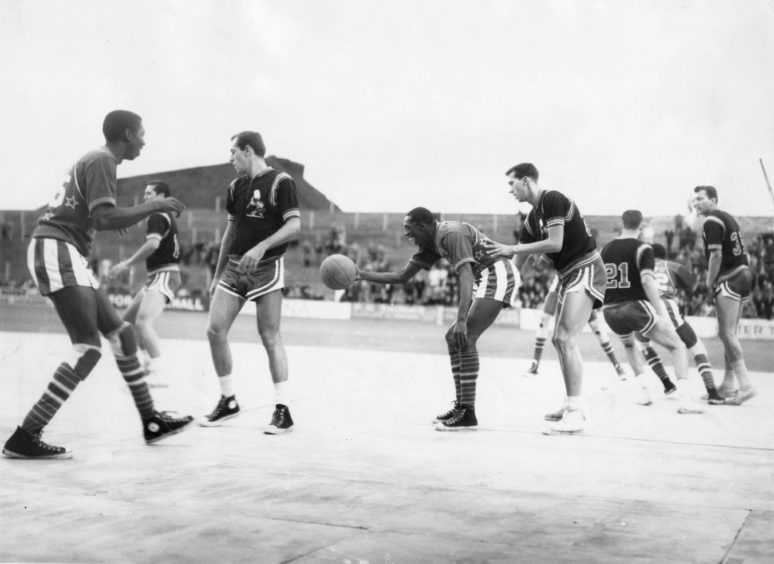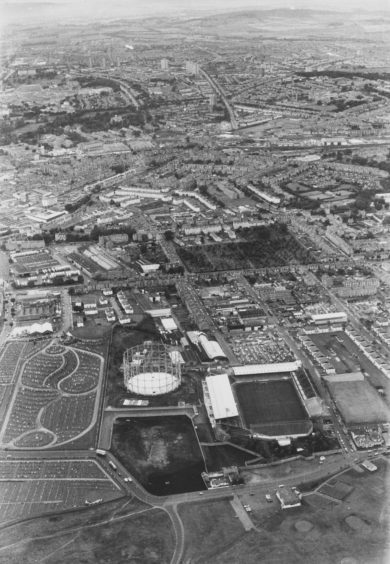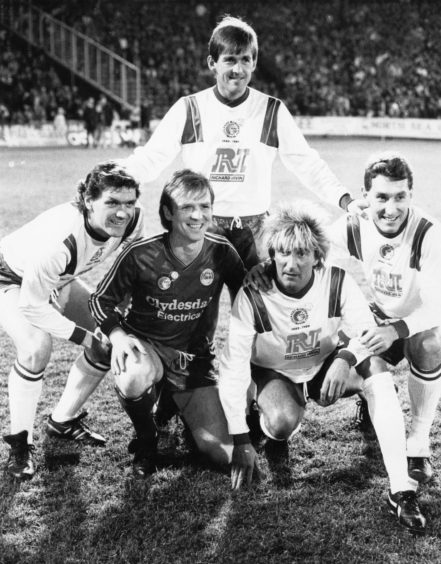From the glory years of Alex Ferguson to Skonto Riga and Sigma Olomouc; Pittodrie has seen some of Aberdeen FC’s greatest triumphs and most dismal failures since becoming home to the Dons in 1903.
The ground is actually older than the club – the original stadium, built in 1899, was home to an Aberdeen club, a precursor to AFC, before the Dons were formed.
Pittodrie has seen a number of firsts in the field of stadium design – notably becoming the first all-seater stadium in Scotland and the first club to use a dugout.
Sentimental stubbornness is almost always overwhelmed, though, by the power of market forces.
Now that proud era looks set to come to an end as Aberdeen FC proposes a move to a state-of-the-art ground.
We have taken a trip down memory lane to look back at Pittodrie through the decades before the Dons finally say farewell to their spiritual home.
Gaelic title
It earned its unique Gaelic title after being built on the site of the police stables in 1899.
Just seven months after the land was cleared the first game was held, at what was then known as Pittodrie Park.
Aberdeen beat Dumbarton 7-1.
Just a year later it hosted its first full international, Scotland versus Wales.
Initially the ground had nothing but a few flimsy stands and a stone hut for players to change in.
The first Dons game to be held at the Golf Road site was in August 1903.
Around 8,000 fans turned up to watch Aberdeen FC draw 1-1 with Stenhousemuir.
The Main Stand was constructed in 1925 and now holds the main offices for the club, the dressing rooms as well as the trophy room.
The first dugout area was installed at Pittodrie in the summer of 1934.
As with most simple ideas, it was a notion which was quickly replicated throughout the football realm.
The first major trophy to be won by Aberdeen FC was the Scottish Cup, shortly after World War 2.
Pittodrie saw its record attendance during a Scottish Cup match between Aberdeen and Hearts in 1954 when more than 45,000 spectators packed the stadium.
With success came the chance to improve the stadium.
Floodlights were introduced in October 1959.
The main stand became all-seated in August 1968 as part of a £100,000 revamp of the site which coincided with the change of name from Pittodrie Park to Pittodrie Stadium.
A major fire in 1971 saw a section of the Main Stand destroyed.
The fire master, John Donnachie immediately recognised the severity of the situation and he and his colleagues responded, even as club secretary Bert Whyte arrived at Pittodrie and relayed the message that the Scottish Cup – a prized trophy which was already 98 years old – was in the club boardroom.
It helped that Mr Donnachie was not only a seasoned firefighter, but a devoted Dons supporter, who was cognisant with the lay-out of the stadium and he rapidly devised a way of retrieving the cup, even as thick smoke was billowing from the boardroom.
In 1978, Pittodrie became just the second all-seated stadium in Britain and the improvement pre-dated the Taylor Report on British football grounds by a decade.
The Press and Journal reported on December 19, 1979: “Pittodrie stadium, the Dons’ ground, will be years ahead of any English ground by the end of next season.
“Don’t just take our word for it, English FA secretary Ted Croker can verify it.
“For while Aberdeen plan to have the entire stadium covered and seated by summer 1981, Mr Croker conceded that the same thing will not happen in England until “sometime next decade”.
The improvements at the stadium continued through the 1980s.
A new room was built over the Merkland Road End and 24 executive boxes were installed in the Main Stand in 1985.
The most recent development for the stadium was the construction of the Richard Donald Stand, which began in 1992.
The stand was completed in August 1993 and was opened for the League Cup tie against Clydebank.
In addition to its main duty of hosting home matches for AFC, it has been the venue for a number of Scottish matches and occasional games of rugby and basketball.
It has also been used for concerts.
Since 1999, plans to move the Dons to a new stadium have seen various locations suggested across the city.
A site between Aberdeen and Kingswells was suggested in 1999 and an area near Pittodrie was suggested in 2005.
Proposals for a 22,000-seat stadium for the Cove area were rejected in 2012.
The club secured permission for a new ground at Kingsford on the outskirts of Aberdeen in January 2018, where they have already opened training facilities.
However talks have since taken place over strengthening links between the city centre and beachfront.
Councillors are due to discuss the stadium and leisure plans at a meeting on Wednesday.
More like this:
The forgotten story of how Dutch maestro Johan Cruyff almost played for Aberdeen
